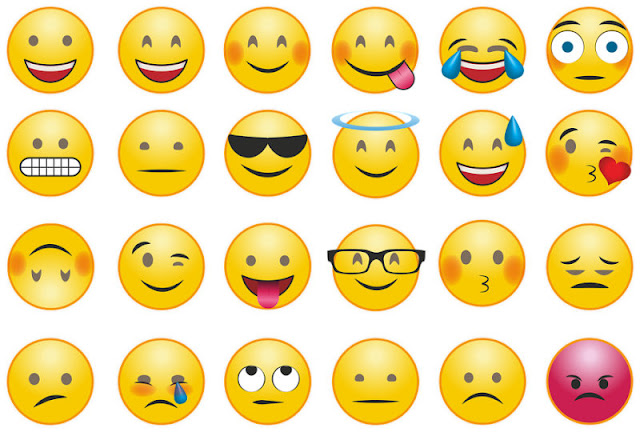How Amazon Broke the US Patent Office
Did Amazon Break the Patent Office? One-Click Shopping and Trademark Troubles
Amazon, the retail giant, has revolutionized how we shop online. But its impact extends beyond convenience. Amazon's business practices have challenged the US Patent and Trademark Office (USPTO) in unexpected ways.
Let's delve into two key events: the 1-Click ordering patent and the Brand Registry program.
The 1-Click Patent: A One-Click Controversy
In 1998, Amazon secured a patent for its 1-Click ordering system. This feature allows users to purchase items with a single click, using pre-stored billing and shipping information. This seemingly simple concept sparked debate. Critics argued that the 1-Click patent wasn't truly innovative. They pointed to earlier examples, like single-button ordering systems used on interactive TV.
The 1-Click case highlights a complex issue: what exactly deserves patent protection, especially when it comes to software? Should a common-sense improvement in online shopping qualify as a groundbreaking invention? This debate continues to this day.
Brand Registry: A Flood of Trademarks
Fast forward to 2015. Amazon introduced its Brand Registry program. This program promised sellers preferential treatment in search results if they had registered trademarks. This incentive triggered a surge in trademark applications. The USPTO, unprepared for this wave, became overwhelmed. The sheer volume of applications led to concerns about the quality of trademarks being granted.
Here's the worry: trademarks are supposed to protect unique brand names and logos. But with so many applications flooding the system, some argue that weak or generic trademarks might be slipping through the cracks. This could weaken the entire trademark system, making it harder for legitimate brands to stand out.
Challenges for the Patent Office
These events expose challenges faced by the USPTO:
Distinguishing True Innovation: The USPTO needs to carefully evaluate what constitutes a patentable invention. Is a minor improvement in user experience truly groundbreaking, or just a common-sense tweak? This line can be blurry, especially with software patents.
Keeping Up with Demand: The surge in trademark applications highlights the USPTO's workload struggles. The office needs the resources to handle a growing number of filings while maintaining a high standard for both patents and trademarks.
Did Amazon Break the System?
Whether Amazon single-handedly "broke" the USPTO is a matter of opinion. But their cases undeniably raise important questions. Does the current system adequately reward genuine innovation? Is the USPTO equipped to handle the ever-increasing volume of filings? These are critical issues that need to be addressed to ensure a healthy patent and trademark system that fosters creativity and protects intellectual property.
The Road Ahead
The debate surrounding Amazon's impact is a wake-up call for the USPTO. The office needs to adapt to the changing technological landscape and the ever-evolving business environment. Here are some potential solutions:
Clearer Patent Guidelines: The USPTO could establish more specific guidelines for software patents, making it clearer what types of inventions qualify for protection.
Increased Resources: Investing in additional examiners and technology could help the USPTO handle the growing workload and ensure thorough evaluations of patents and trademarks.
Collaboration with Stakeholders: Open communication with companies like Amazon, as well as inventors and consumer groups, can help develop a system that balances innovation with fair competition.
By addressing these challenges, the USPTO can ensure a robust intellectual property system that benefits both businesses and consumers in the digital age.
Author's Notes:
Nothing says Amazon verified like a brand that has only capital letters, little to no vowels, and the description is likely written by a bot and/or direct Google Translate. I guarantee you, some employee was told to register a trademark and decided that whacking their head against the keyboard and submitting it was easier than trying to run anything by the marketing department.
Linus from LTT also explained how many of these companies use clothes to gather
There is a lot left out on the USPTO side. One thing you have to do when applying for a trademark is provide a specimen, usually in the form of an image with your trademark in use. They received many photoshopped images of specimens
From using the US Postal Service to do its shipping for free, to using the US Patent and Trademark Office to





.jpg)


.jpg)
